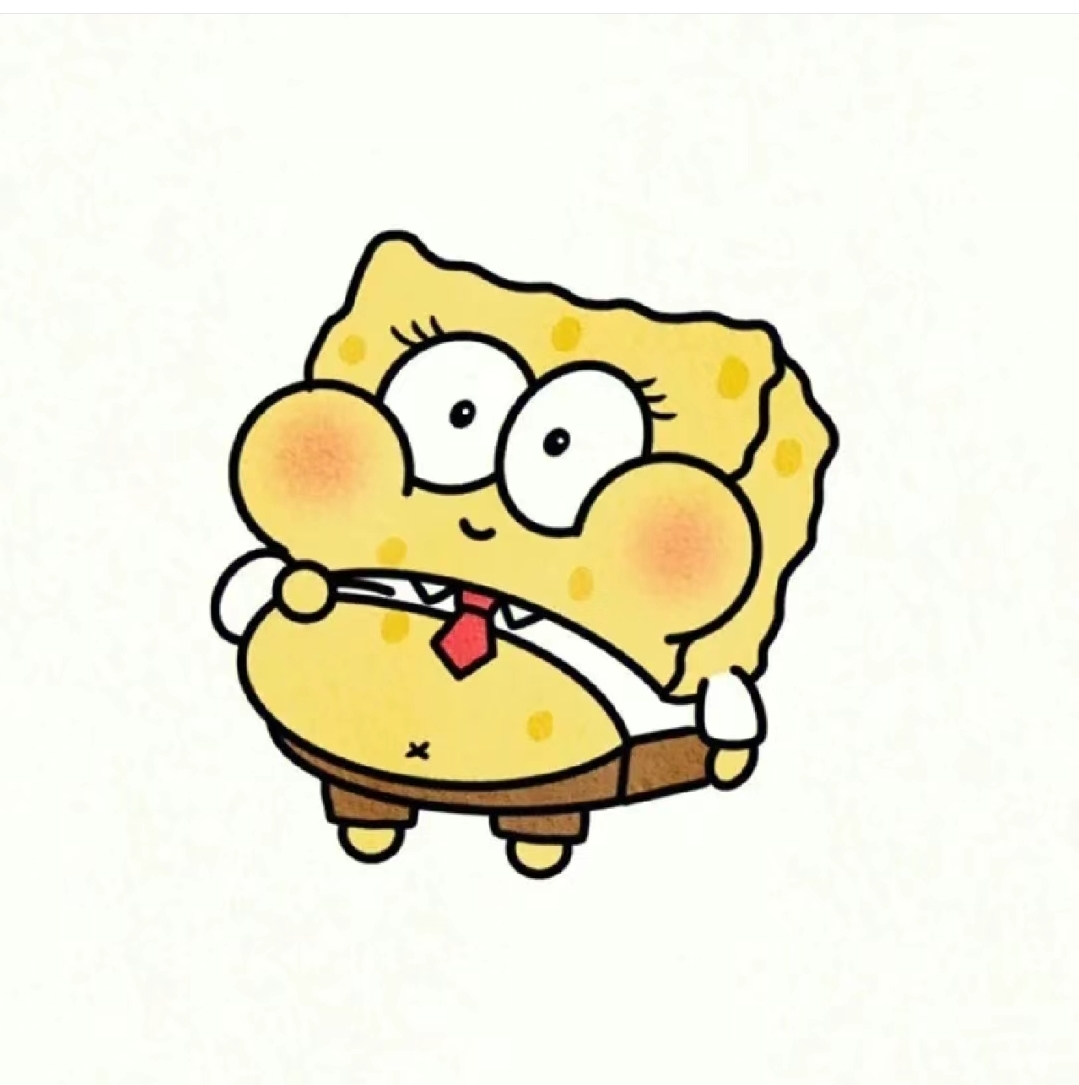
【假一罚四】群论(美)雷蒙德
集团直发,全新正版书籍,假一罚四,放心选购。24小时内发货。
¥ 63 8.0折 ¥ 79 全新
仅1件
浙江嘉兴
认证卖家担保交易快速发货售后保障
作者(美)雷蒙德
出版社世界图书出版公司
ISBN9787510078712
出版时间2014-09
装帧其他
开本其他
定价79元
货号3061184
上书时间2024-10-26
- 最新上架
商品详情
- 品相描述:全新
- 商品描述
-
导语摘要
雷蒙德所著《群论》旨在为物理学家介绍群理论的许多有趣的数学方面,同时将数学家带入物理应用。针对高年级本科生和研究生,书中给出了有限群和连续群的最全面的特点,并且强调在基础物理中的应用;展开讨论了有限群,重点强调了不可约表示和不变性;详细论述了李群,也用较多的笔墨讲述了Kac-Moody代数,包括Dynkin图。
目录
1 Preface: the pursuit of symmetries
2 Finite groups: an introduction
2.1 Group axioms
2.2 Finite groups of low order
2.3 Permutations
2.4 Basic concepts
2.4.1 Conjugation
2.4.2 Simple groups
2.4.3 Sylow's criteria
2.4.4 Semi-direct product
2.4.5 Young Tableaux
3 Finite groups: representations
3.1 Introduction
3.2 Schur's lemmas
3.3 The ,,44 character table
3.4 Kronecker products
3.5 Real and complex representations
3.6 Embeddings
3.7 Zn character table
3.8 Dn character table
3.9 Q2, character table
3.10 Some semi-direct products
3.11 Induced representations
3.12 Invariants
3.13 Coverings
4 Hilbert spaces
4.1 Finite Hilbert spaces
4.2 Fermi oscillators
4.3 Infinite Hilbert spaces
5 SU(2)
5.1 Introduction
5.2 Some representations
5.3 From Lie algebras to Lie groups
5.4 SU(2) → SU(1, 1)
5.5 Selected SU(2) applications
5.5.1 The isotropic harmonic oscillator
5.5.2 The Bohr atom
5.5.3 Isotopic spin
6 SU(3)
6.1 SU(3) algebra
6.2 α-Basis
6.3 β-Basis
6.4 α'-Basis
6.5 The triplet representation
6.6 The Chevalley basis
6.7 SU(3) in physics
6.7.1 The isotropic harmonic oscillator redux
6.7.2 The Elliott model
6.7.3 The Sakata model
6.7.4 The Eightfold Way
7 Classification of compact simple Lie algebras
7.1 Classification
7.2 Simple roots
7.3 Rank-two algebras
7.4 Dynkin diagrams
7.5 Orthonormal bases
8 Lie algebras: representation theory
8.1 Representation basics
8.2 A3 fundamentals
8.3 The Weyl group
8.4 Orthogonal Lie algebras
8.5 Spinor representations
8.5.1 SO(2n) spinors
8.5.2 SO(2n + 1) spinors
8.5.3 Clifford algebra construction
8.6 Casimir invariants and Dynkin indices
8.7 Embeddings
8.8 Oscillator representations
8.9 Verma modules
8.9.1 Weyl dimension formula
8.9.2 Verma basis
9 Finite groups: the road to simplicity
9.1 Matrices over Galois fields
9.1.1 PSL2(7)
9.1.2 A doubly transitive group
9.2 Chevalley groups
9.3 A fleeting glimpse at the sporadic groups
10 Beyond Lie algebras
10.1 Serre presentation
10.2 Affine Kac-Moody algebras
10.3 Super algebras
11 The groups of the Standard Model
11.1 Space-time symmetries
11.1.1 The Lorentz and Poincar6 groups
11.1.2 The conformal group
11.2 Beyond space-time symmetries
11.2.1 Color and the quark model
11.3 Invariant Lagrangians
11.4 Non-Abelian gauge theories
11.5 The Standard Model
11.6 Grand Unification
11.7 Possible family symmetries
11.7.1 Finite SU(2) and SO(3) subgroups
11.7.2 Finite SU(3) subgroups
12 Exceptional structures
12.1 Hurwitz algebras
12.2 Matrices over Hurwitz algebras
12.3 The Magic Square
Appendix 1 Properties of some finite groups
Appendix 2 Properties of selected Lie algebras
References
Index
— 没有更多了 —












以下为对购买帮助不大的评价